
Rigler triad
Rigler triad; Imaging findings in patients with gallstone ileus with an ectopic gallstone causing small bowel obstruction, and pneumobilia

Rigler triad; Imaging findings in patients with gallstone ileus with an ectopic gallstone causing small bowel obstruction, and pneumobilia

Leo George Rigler (1896-1979) was an American radiologist. Eponymously affiliated with Rigler sign; Rigler triad; Rigler notch sign; Hoffman-Rigler sign
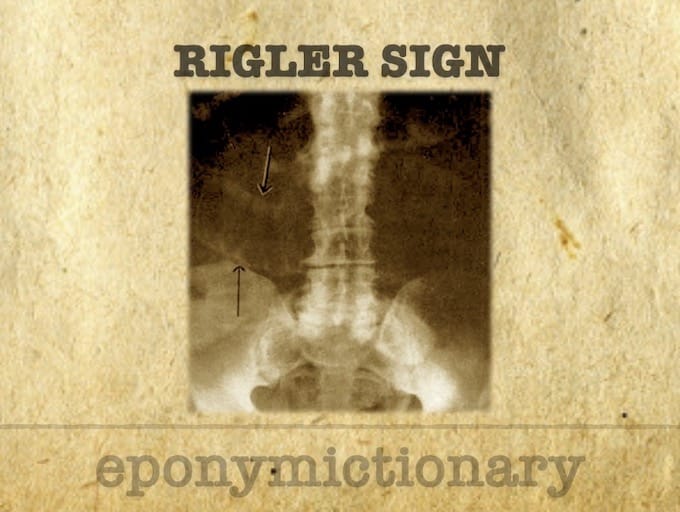
Radiological signs of pneumoperitoneum: history, diagnosis, and key eponyms including Rigler’s sign, Popper’s sign, football sign, and inverted V sign

Alexis Littré (1654–1726), French anatomist; Littré’s hernia, glands, and operation; anatomical insights with lasting surgical impact
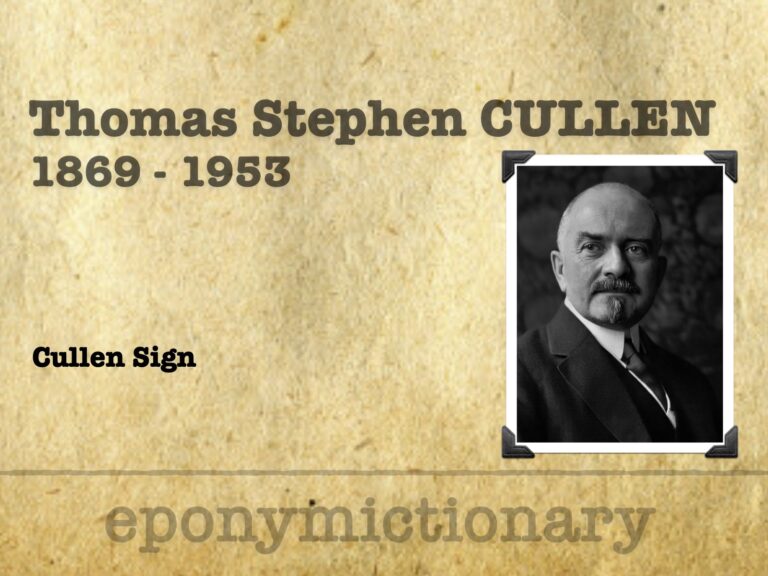
Thomas Stephen Cullen (1869 – 1953) was a Canadian gynecologist. Eponymously affiliated with Cullen sign (1918)
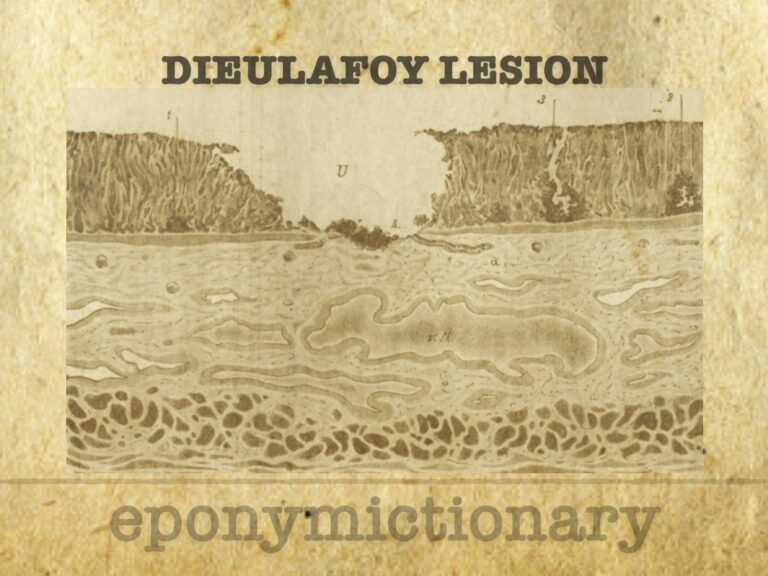
Dieulafoy’s lesion: minute gastric erosion over a large arteriole, causing massive GI bleeding. First defined as exulceratio simplex in 1898.

August Gottlieb Richter (1742–1812), German surgeon; Richter’s hernia, advanced cataract extraction, and elevated surgery into academia

Sir William Stokes (1839–1900), Irish surgeon and son of William Stokes, pioneered surgical techniques and served as RCSI professor and Queen Victoria’s surgeon
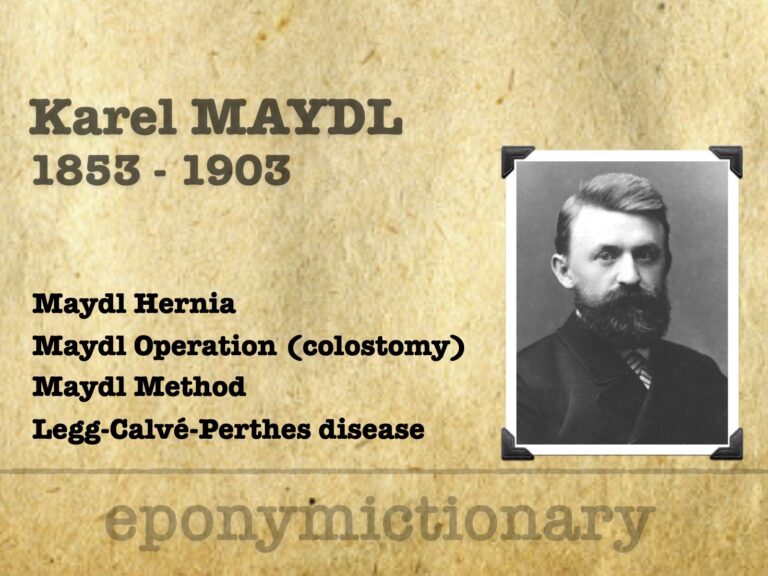
Karel Maydl (1853–1903), Czech surgeon, pioneer of colostomy, bladder exstrophy surgery, and Maydl’s hernia; early describer of Legg-Calvé-Perthes disease (LCPD)
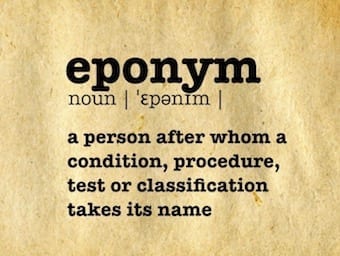
John Henry Bryant (1867–1906) English physician. Eponym: Blue Scrotum Sign of Bryant associated with ruptured abdominal aortic anurysm (1903)

René-Jacques Croissant de Garengeot (1688–1759), Parisian surgeon, described appendix in femoral hernia, wrote on lacrimal surgery, and devised the tooth key
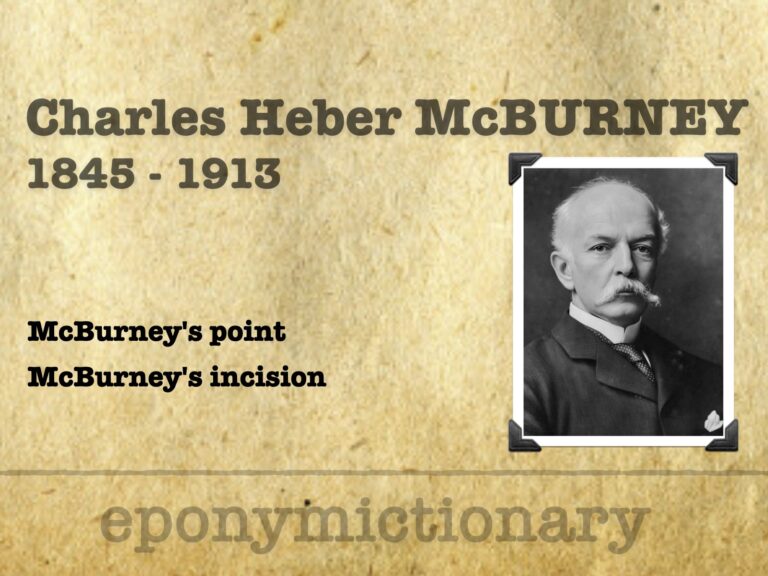
Charles Heber McBurney (1845 – 1913) was an American surgeon. Most famous for McBurney's point (1889) and McBurney's incision (1894) Medical Eponym.